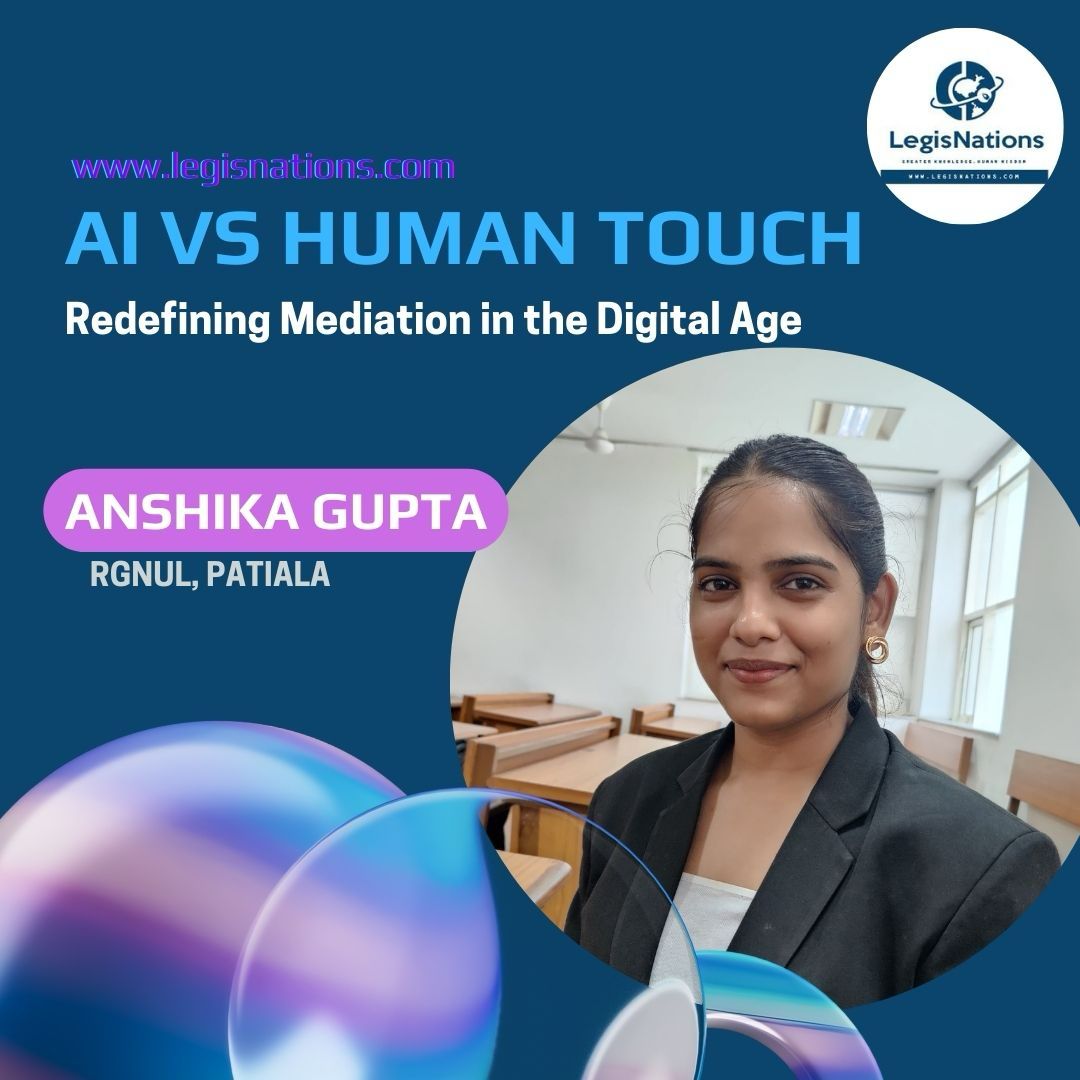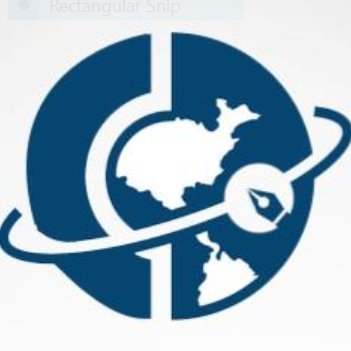“The courts of this country should not be the place where resolution of disputes begins. They should be the place where disputes end after alternative methods of resolving disputes have been considered and tried.”
-Justice Sandra Day O’Connor
Mediation involves a third person intervention between the two parties to negotiate and come to a resolution. It is a method of Alternative Dispute Resolution. As a neutral third party, the mediator is able to objectively assess the dispute and help the parties explore alternatives and solutions they may not have previously considered. Artificial Intelligence has gained significance in the modern world because of its many advantages and applications and is rapidly altering the way we live. Artificial Intelligence is changing many industries, and dispute resolution is no different given its rapid growth. The technique of mediation, which is essential for resolving disputes outside of court, is undergoing radical change as result of which incorporation of AI is advancing. Considering AI’s efficiency, objectivity, and accessibility, technologies like AI hold significant promise for countries like India, where the legal system is burdened by prolonged litigation and backlogged courts. Further, the introduction of Mediation Act, 2023[i], specifically in section 30[ii], clearly talks about Online Mediation, from which it can be speculated that India is on the verge of integrating AI into the online mediation mechanism.
Can AI outsmart Human Mediators?
“The integration of cutting-edge technology is fundamentally changing the way we approach peace and mediation,” remarks Sama al-Hamdani, programme director of Hala System, a company leading the charge in using AI for conflict zone intelligence gathering.” With AI in our toolkit, mediators gain unprecedented efficiency and insight, truly transforming their potential.” In a recent report, the United Nations Secretary-General recognized the importance of technology for the UN’s peace-making efforts, emphasizing that ‘engagement with new technologies is necessary for preserving the values of the UN Charter and the implementation of existing UN mandates’.[iii] Hirlbinger notes that, “digital inclusion has the potential to increase the legitimacy of peace processes and their outcomes and reduce the risk of continued violence by involving actors beyond the main parties to the conflict, empowering marginalized groups, and transforming conflict relationships by focusing on relationships between conflict parties and broader sets of stakeholders”. Though the legal procedure in India is yet more complicated, AI can prove to be a boon. Unexpected delay in cases creates havoc. Mediation is likely to be a big trend in future. Similarly, technology will soon be incorporated in Dispute Resolution. Some start-ups are already enhancing the use of AI in their dispute resolution. AI is being used as a tool for mediation by various institutions or organizations like Lex Machina, Arbilex, Arbitrator Research Tool (ART), and Arbitrator Intelligence. [iv]Use of AI in Mediation amplifies the process, The tool may be able to ease concerns and dispel questions about how the ADR procedure works. A robotic machine, in contrast to a human, is able to repeat the same information repeatedly without becoming upset. Every coin has two-sides; AI as a bane in mediation is the other side of the story.
Though, AI at some stage can replace human beings, but what about incorporating human emotions? Matching Human experiences?
The main issue of AI is that how will it incorporate the human emotions and understanding. Supposedly, in a Matrimonial issue referred to Mediation, AI cannot understand the trauma that both parties face, being a newer technology it won’t be able to provide reasoning based on experience, hence, a lacking efficiency. “Mediators’ skill in managing emotions such as anger, frustration, and fear—which may be fuelling the conflict—is central to the dispute resolution process, and mediators create an environment where participants can express their emotions in constructive ways”, writes Joseph Pattan for Bloomberg Law. Many of us have seen comical (and sometimes frightening) news stories of chatbots behaving bizarrely, as when ChatGPT produced strange “hallucinations” in response to simple questions, unsettled a New York Times reporter with creepy declarations of love, and produced inedible Thanksgiving recipes. All of us have seen AI making false citations for a case, for an advocate the base of his arguments is led by citing landmark cases. Many lawyers have started using chat-based tools to assist their writing, but these tools sometimes produce hallucinations, such as fabricated case citations. Therefore, reliability of AI cannot be given a perfect score. In fact, Cost is another factor that will keep machines away from the negotiation table. While digital applications are becoming more affordable, AI-powered systems remain highly resource-intensive and, therefore, expensive. Dedicated funds will be required to: build purpose-driven, customized applications rather than utilizing a commercial program not intended for peace mediation; maintain digital applications whose novelty value quickly wanes after the first, second, and third use but still require further fine tuning to improve; and resource internal capacities in mediation support entities to scale technology and overcome resistance. To ensure that technology-driven mediation remains transparent, accountable, and fair, it is crucial to tackle challenges related to AI governance, address ethical concerns, and consider gender-related implications.
Conclusion:
In conclusion, it is critical to take into account the interaction between AI’s benefits and drawbacks as we traverse the rapidly changing field of peace mediation and beyond. Creating a bridge between proponents and opponents of AI offers a chance for creativity and group development. A balanced strategy that respects human judgement and ethics while utilizing AI’s efficiency and precision will be needed to address risks and obstacles of implementing AI in peace mediation. Human and AI should work together in harmony and cooperation in the future, with AI supporting human decision-making rather than substituting it. Its promise will be fully realized by promoting a harmonious partnership between human expertise and AI-driven insights. As a result, although technology will be helpful assistants, people will still yearn for human interaction.
[i] The Mediation Act, 2023
[ii] Mediation Act, §30
[iii] United Nations Secretary-General, 2018, p. 4
[iv] Arno R. Lodder and John Zeleznikow, ‘Developing an Online Dispute Resolution Environment: Dialogue Tools and Negotiation Systems in a Three Step Mode’ (2005) 10 Harvard Negotiation Law Review.


